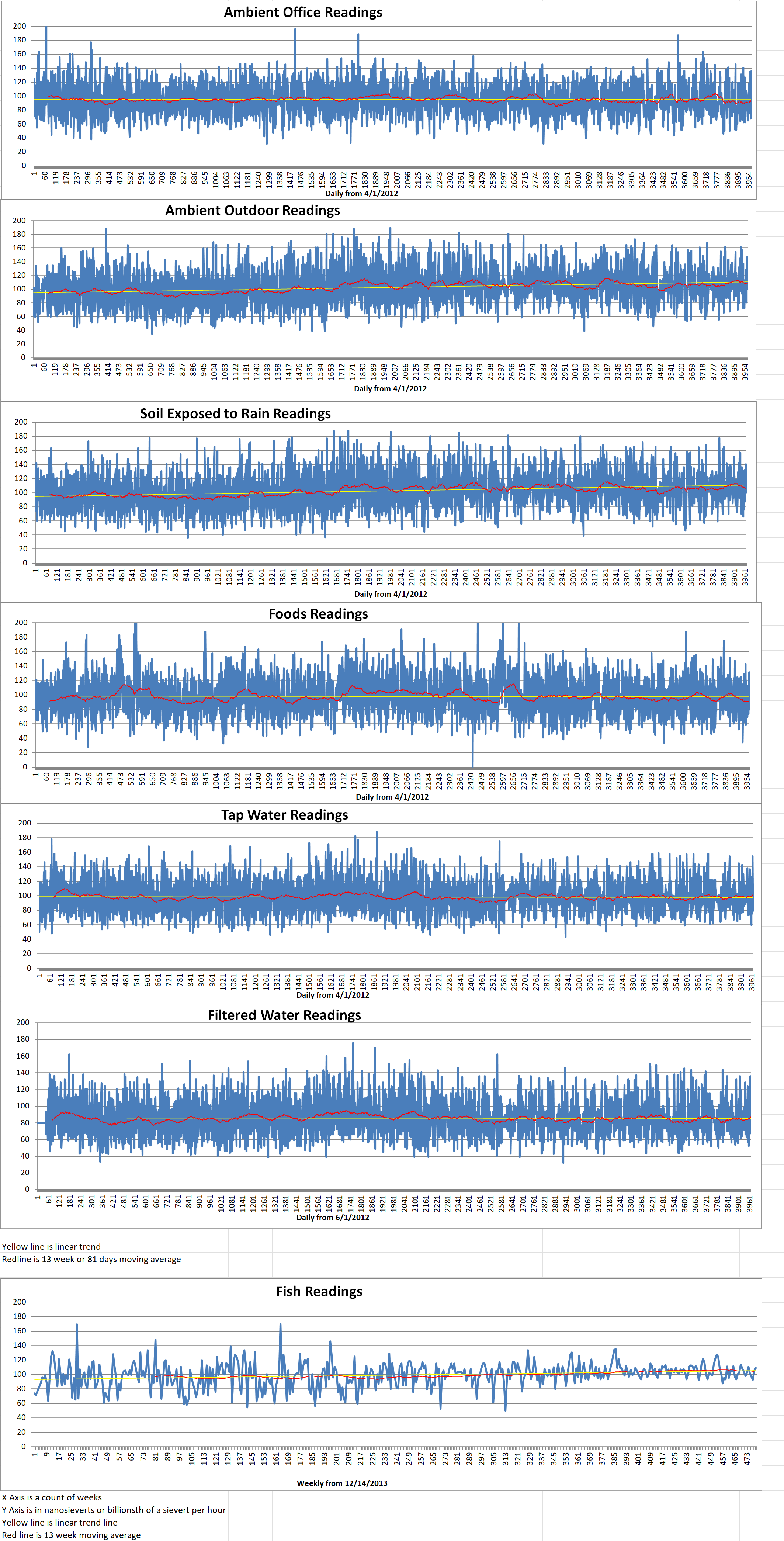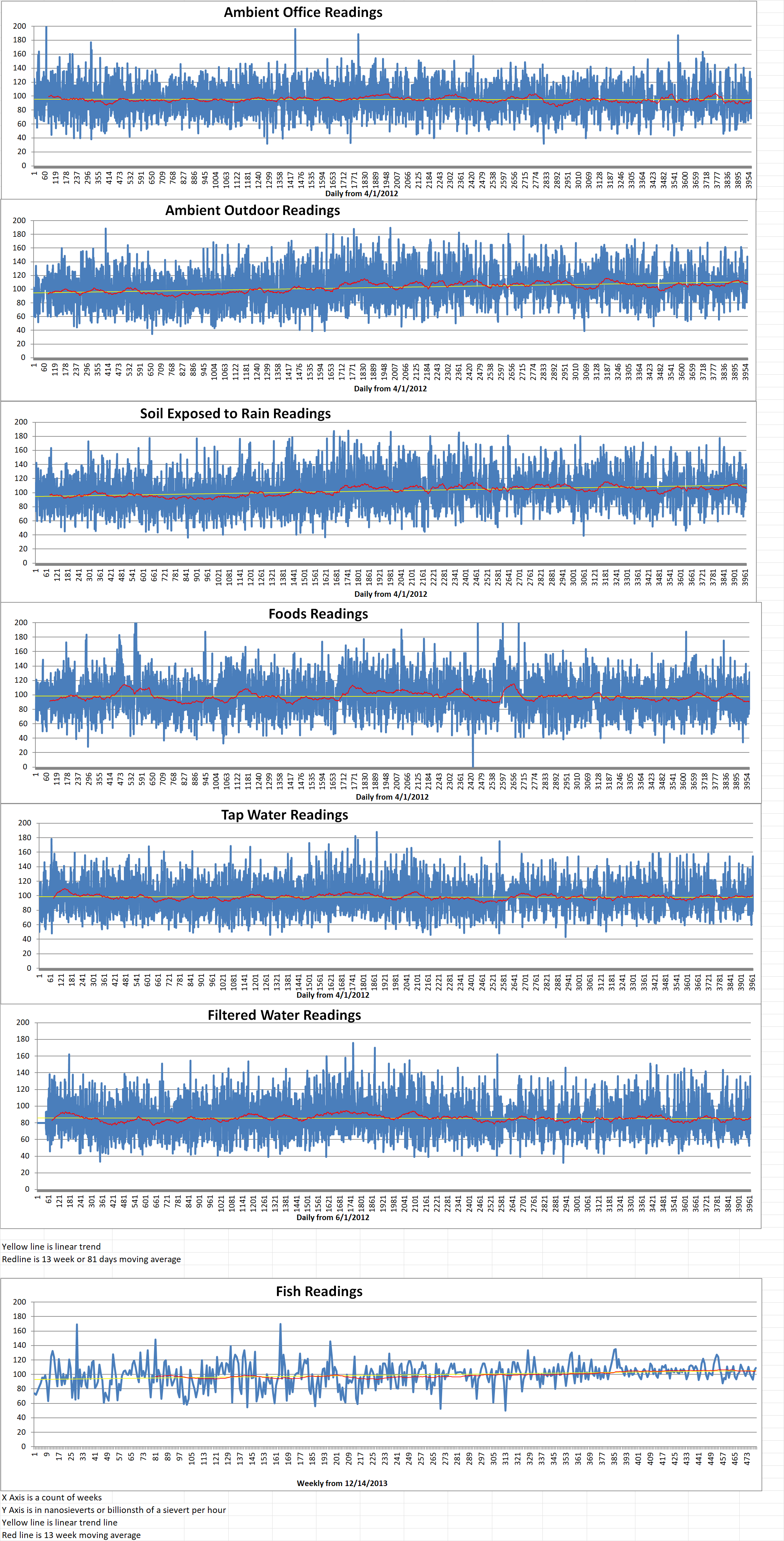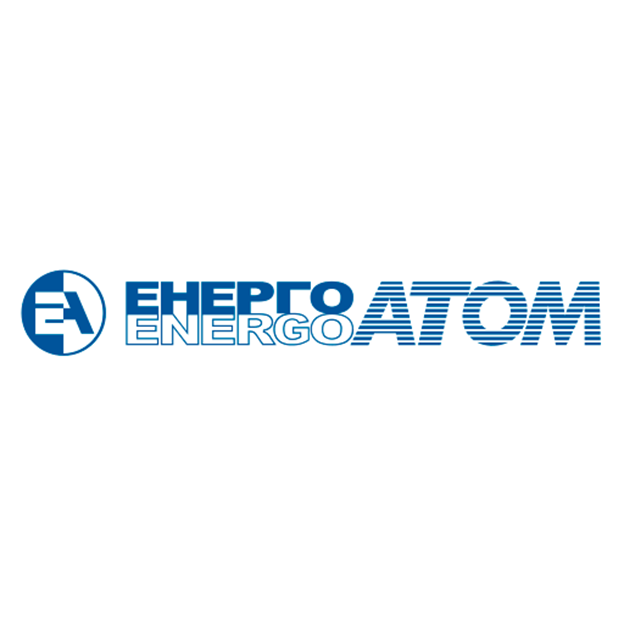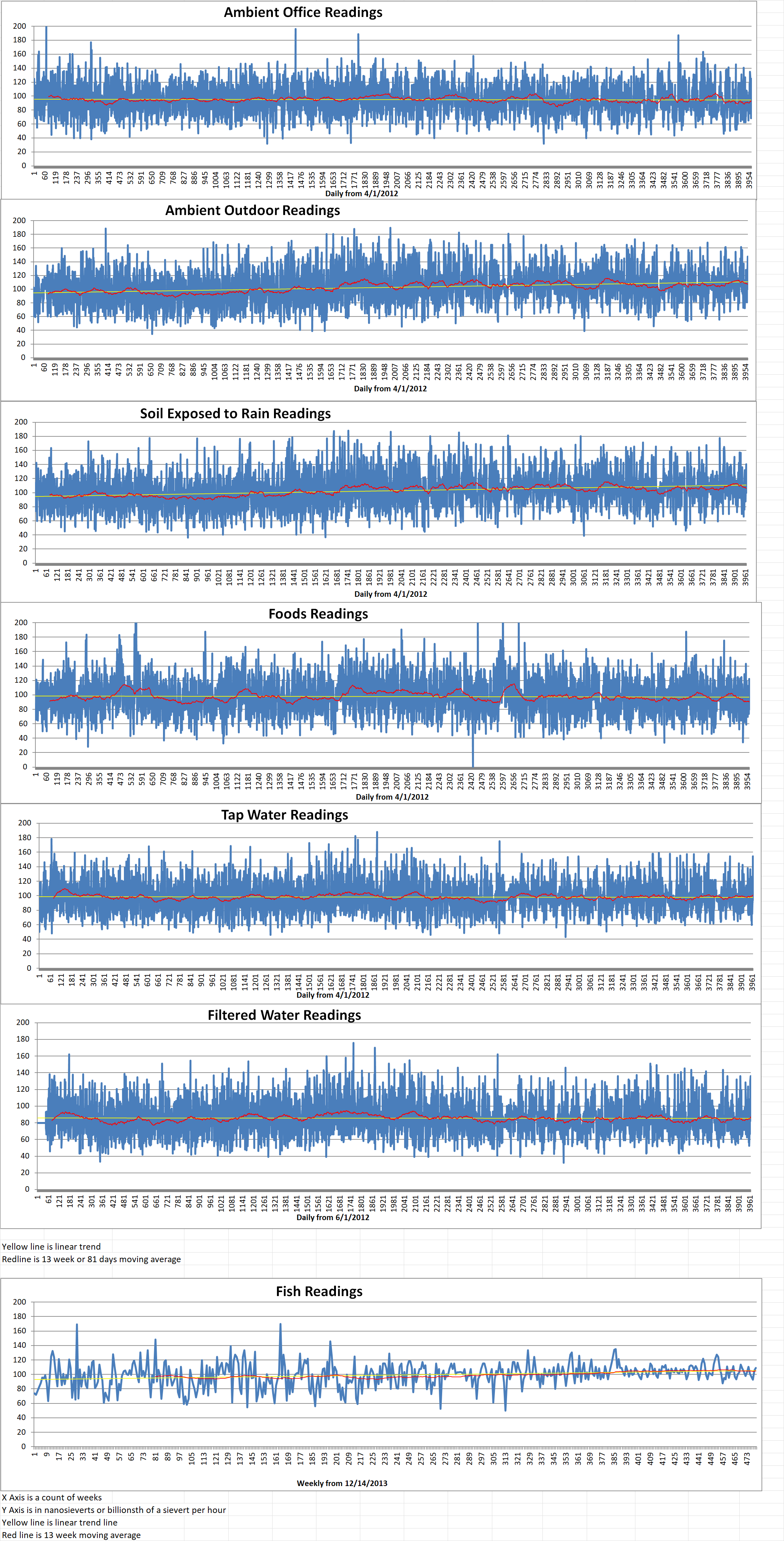Nuclear fusion has been researched for decades. Many failed predictions thru the years have suggested that commercial nuclear fusion was only twenty years away. Huge technical challenges have prevented the dream from coming true but in the last few years, billions of dollars have been invested in a dozen companies working furiously on practical nuclear fusion around the globe.
Microsoft and Helion Energy of Redmond, Washington announced last Wednesday that they had reached an historic agreement that could pave the way for the world’s first commercial nuclear fusion power plant. Helion is working on building the commercial facility in Washington state. The goal is to put the plant into operation by 2028 which is just five years away.
Nuclear fusion could provide a potentially limitless source of carbon-free power. There are demonstration fusion reactors running or being constructed around the globe. However, none of them, including Helion’s reactors, have been able to produce more energy than they require to operate, let alone produce enough energy to feed into the electrical grid. Some analysts in the energy industry are skeptical that commercial fusion will ever be possible.
If Helion’s fusion reactor design is successful, even though serious technical hurdles remain, it would have massive benefits in the long term as clean energy’s “Holy Grail” is finally achieved.
David Kirtley is the co-founder and CEO of Helion. He said, “This is bigger than just Helion. This shows more broadly that fusion is transitioning from science experiments and science projects demonstrating key physics to now building products and building commercial power plants.”
Helion and Microsoft have signed a power purchase agreement in which Microsoft agrees to purchase electricity from the fusion startup once the facility is generating significant amounts of electricity. Microsoft needs clean electricity to fuel the operations of its more than two hundred energy-hungry data centers around the world. Up to this point, Microsoft has relied primarily on wind and solar power. These sources have serious limitations because the wind does not always blow, and the sun does not always shine.
Brad Smith is vice chair and president of Microsoft. He issued a statement which read, “Helion’s announcement supports our own long term clean energy goals and will advance the market to establish a new, efficient method for bringing more clean energy to the grid, faster.”
The fusion energy market includes companies across the globe. Helion, Zap Energy, Avalanche and General Fusion are all headquartered in the Pacific Northwest. All of these companies have raised significant amounts of money from notable venture capitalists. Helion’s investors include OpenAI CEO Sam Altman and Facebook co-founder Dustin Moskovitz. Other startups have support from Bill Gates and Jeff Bezos.
Scott Hsu is the U.S. Department of Energy senior advisor and lead fusion coordinator. He cheered the technology’s potential for lowering costs and providing secure energy globally. International experts warn that humanity needs to slash carbon pollution in the next quarter-century to avoid the worst climate change scenarios.
Hsu said, “Fusion energy has incredible potential to empower people all over the world,” Hsu said by email. “If commercial fusion energy becomes available by the end of this decade, it could ease all the various possible pathways to [carbon] net-zero by 2050.”
Blog
-

Nuclear Fusion 117 – Microsoft Signs Deal To Purchase Fusion Generated Electricity From Helion Energy
-
Nuclear News Roundup May 12, 2023
Hibakusha Group Calls Nuclear Weapons Great Enemy of Humanity nippon.com
Belarus claims nuclear weapons were not brought to them from Russia: it was just an announcement news.yahoo.com
Japan, South Korea agree on visit to Fukushima nuclear plant ahead of planned water release apnews.com
France Backs Japan’s Nuclear Renaissance akihabaranews.com
-

Geiger Readings for May 12, 2023
Ambient office = 136 nanosieverts per hour
Ambient outside = 122 nanosieverts per hour
Soil exposed to rain water = 126 nanosieverts per hour
Serano pepper from Central Market = 106 nanosieverts per hour
Tap water = 106 nanosieverts per hour
Filter water = 98 nanosieverts per hour
-

Nuclear Reactors 1220 – Candian Cameco and Ukraine Energoatom Have Signed A Twelve Year Deal For Uranium – Part 2 of 2 Parts
Part 2 of 2 Parts (Please read Part 1 first)
If Russia should capture or damage more Ukrainian reactors, then Cameco would have to find a buyer for its previously contracted uranium. Veronica Baker is a spokesperson for Cameco. She said, “We have plenty of visibility and advance notice regarding the annual volumes required under the contract, which provides us with flexibility to adjust our plans, including for production if circumstances require.”
Contracted uranium prices are usually higher than spot prices. This means that Cameco may take a discount if Ukraine purchases less uranium because of the war’s impact, according to Carter. Alternatively, if prices spike in the next twelve years, Cameco may be unable to fully cash in with so much production dedicated to Ukraine unless it reduces those sales. Carter expects prices to continue to rise in the next two years. Carter said, “I think Cameco has more to lose here than the Ukrainians if the (market) price were to continue higher.”
Kotin said that Energoatom will purchase Cameco’s uranium at a price based equally on a fixed price and a market price. Such an arrangement provides some protection for Energoatom in case prices spike. Baker said that it was normal for sellers and buyers to be subject to risk from commodity price swings.
Energoatom’s risk is that Cameco might choose to sell it less uranium so that the company can cash in on high prices with other buyers, but that seems unlikely, according to Carter.
The main alternative uranium source to Cameco is Orano, the French state-owned company. Orano has told Energoatom that it cannot supply it with more uranium until 2030. As a hedge against the risk of relying so much on a single supplier, Ukraine is attempting to expand its domestic nuclear industry, according to Kotin.
While Ukraine with rely on Cameco for uranium, it has signed separate deals for further processing. It has a contract with Urenco Group, based in the U.K., to enrich the uranium from Comeco. It also has a deal with Westinghouse, based in the U.S., to fabricate the enriched uranium into reactor fuel. These arrangements may secure Ukraine’s energy needs no matter how long the war lasts.
Other countries such as Poland and the Czech Republic are also looking to increase reliance on Western-made reactors and fuels, according to Carter. Cameco’s Baker said, “There is considerable interest among many nations and utilities seeking to realign how they meet their future energy input needs, including in eastern Europe.”
Last April, Cameco singed a ten-year contract with Westinghouse to supply uranium fluoride 6 for Bulgaria’s single nuclear generating station. Cameco and its partner Brookfield Renewables are in the process of buying Westinghouse.
Jonathan Wilkinson is the Canadian Natural Resources Minister. He said that Canada has a huge role to play globally. Without mentioning any names, he said that he had spoken with European countries who were keen to move away from Russian reactors and nuclear fuel. Wilkerson said, “We have an abundance of uranium.” -
Nuclear News Roundup May 11, 2023
Russia Creating Unstoppable Submarine Nuclear Missiles newsweek.com
The US and South Korea have secured a landmark deal to counter the North Korean nuclear threat. Bbc.com
Steel maker considers use of NuScale SMRs at its mills world-nuclear-news.org
Faulty seals replaced in Olkiluoto EPR world-nuclear-news.org
-

Geiger Readings for May 11, 2023
Ambient office = 122 nanosieverts per hour
Ambient outside = 135 nanosieverts per hour
Soil exposed to rain water = 133 nanosieverts per hour
Red bell pepper from Central Market = 131 nanosieverts per hour
Tap water = 79 nanosieverts per hour
Filter water = 67 nanosieverts per hour
-

Nuclear Reactors 1219 – Candian Cameco and Ukraine Energoatom Have Signed A Twelve Year Deal For Uranium – Part 1 of 2 Parts
Part 1 of 2 Parts
Ukraine has signed a twelve-year deal with Canadian miner Cameco Corporation to provide uranium for all of its nuclear reactors. The deal gives each side the right to change sales volume with two-year’s notice. This information was provided by the Ukrainian state-owned utility Energoatom. The details of the arrangement have not been reported previously. It reflects the uncertainties caused by Russia’s war with Ukraine and underlies the high stakes for both parties.
The risks for Cameco are financial. The risk for Ukraine is reliance on a single provider which leaves it with few alternatives to maintain power supplies. Petro Kotin is the CEO of Energoatom. He said, “There’s a lot of flexibility in the deal. The agreement is up to 2035, but two years prior to supply of the uranium, we are to (give) them an indication of what we will need, what volume of uranium we will require.”
Before the Russian invasion of Ukraine in February of 2022, Ukraine ran all of its reactors on Russian nuclear fuel. The Ukrainian fleet of reactors provide fifty five percent of Ukraine’s electricity. Ukraine has stopped Russian nuclear fuel purchases and has turned to Western companies such as Cameco.
In 2022, Cameco restarted operations at the world’s biggest high-grade uranium mine in northern Saskatchewan. A ten-year slump in the nuclear sector eased in 2022. This was partly because of the Ukraine war and partly because of global efforts to reduce carbon emissions.
As Cameco ramps up production for the Ukraine contracts, it is also betting on gaining more deals from Eastern European nations as they try to reduce dependence on Russian energy.
Cameco is the world’s fourth-largest uranium producer. Its stock is up more than fifty percent since January 31st, 2022. Expectations that Russia, who is a big producer of uranium, would launch a full scale invasion triggered an extended rally.
The agreement with Energoatom is worth at least four billion dollars at current uranium prices. Cameco will supply Ukraine with uranium hexafluoride from 2024 to 2035. This will allow Ukraine to end its reliance on Russian nuclear fuel.
The deal will supply the nine reactors under Ukrainian control. It also includes an option to supply six captured reactors in the southeastern Zaporizhzhia region if Ukraine regains control of them.
Cameco and Energoatom can each adjust how much uranium it delivers on two years’ notice. A spokesperson for Energoatom said that there were no restrictions on how much either of the two parties could adjust deliveries. Nick Carter is executive vice president of UxC LLC, an independent research firm focused on the nuclear fuel cycle. He said that the two-year window to adjust volumes without limit offers flexibility well beyond the usual uranium contract adjustment of five percent to fifteen percent annually.
For Cameco, the biggest risk is that Ukraine might require less uranium if Russia should capture or damage more reactors. Ukraine’s energy grid and thermal power generators have been military targets since the invasion.
Please read Part 2 next -
Nuclear News Roundup May 10, 2023
Kant calls for unfettered access to U.S. nuclear technology to build small modular reactors thehindu.com
Second unit of Belarus nuclear plant connected to grid world-nuclear-news.org
Pressing Russia, US shares nuclear warhead data under treaty france24.com
Tennessee creates Nuclear Energy Advisory Council wbbjtv.com
-

Geiger Readings for May 10, 2023
Ambient office = 125 nanosieverts per hour
Ambient outside = 100 nanosieverts per hour
Soil exposed to rain water = 100 nanosieverts per hour
Jalapeno pepper from Central Market = 80 nanosieverts per hour
Tap water = 94 nanosieverts per hour
Filter water = 83 nanosieverts per hour
-

Nuclear Reactors 1218 – Oak Ridge National Laboratory Is Working On An Augmented Reality System To Allow Workers To See Zones Of Radiation – Part 2 of 2 Parts
Part 2 of 2 Parts (Please read Part 1 first)
Michael Smith is a nuclear space systems engineer at ORNL and a member of the development team for the new AR system. He said that the team envisioned three applications for the ORNL. These three uses are listed below.
The new AR system can be used for routine radiological surveys by the radiological control technician when the radiation source location is known. The AR system can both simulate real-time detectors measurements and record data from actual occupational use by personnel regularly engaged in radiation surveys.
The new AR system can be used for cases in which the radiation source locations is unknown to take real-time detector data, map the location of personnel, and rapidly communicate visual spatial radiation data to individuals or to groups of radiological personnel in search of an unknown radiation sources.
The new AR system can be used to train radiological workers who are in similar radiation environment daily but may have limited knowledge about the spatial characteristics of the hazards of known sources.
Teletrix produces its own products that are used by utilities, emergency response organizations, and government agencies. According to ORNL the lab is one of its customers. One of Teletrix’s products is VIZRAD. It is a virtual reality software system that simulates contamination on individual and workspaces. It can be used to train a user to properly scan someone with a detector by providing objective feedback on technique.
Jason O’Connell is the sales and business development manager for Teletrix. He said, “When I put the AR glasses on, it was obvious that ORNL’s technology and Teletrix’s tools were a great fit. Through the headset and the AR technology, we have the ability to track a person’s exact location within a room and inject source information into the room. . . . Having much more realistic readings on your instruments leads to better-prepared employees, better prepared trainees, fewer incidents—this technology will help make people in this industry safer.”
According to the ORNL development team, performance data collected from about forty participants indicated that “statistically significant behavioral changes after minimal training with AR representations of radiation fields.” ORNL staff experimentally validated the method of coupling AR technologies with accurate measurements in a study using cesium-137 in ORNL’s Nuclear Radiation Protection Division demonstration facility.
As AR glasses become more sophisticated and cheaper, they will be adopted more widely, especially for industrial applications. In addition to uses for radiation monitoring, any detection system for environmental factors that has sufficient granularity could be displayed in AR. Thermal monitoring would be a possible candidate for this application. A monitoring system that employed a large number of screens to display information would definitely benefit from AR adoption. Instead of the expense of purchasing, installing, and maintaining a large number of conventional computer displays, those same images could be displayed with AR glasses much more cheaply and easily. Workers at a nuclear power plant could have access to important monitoring systems anywhere in the plant instead of being required to be in the control room.
